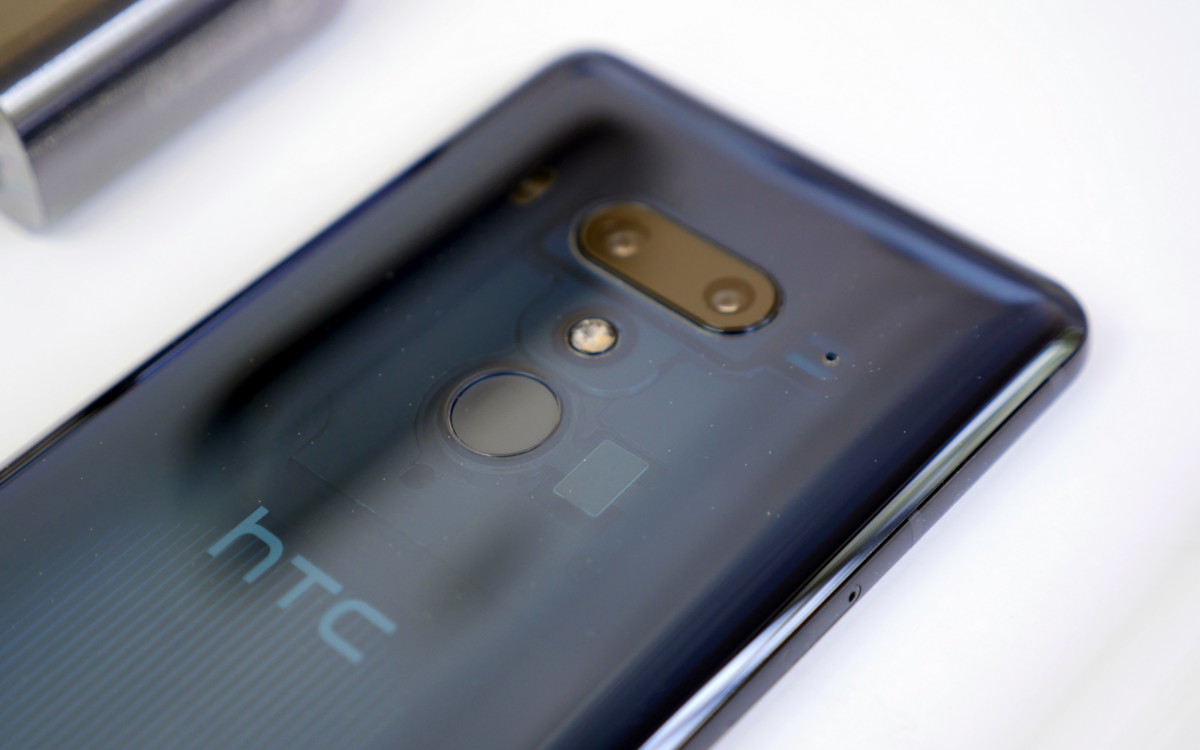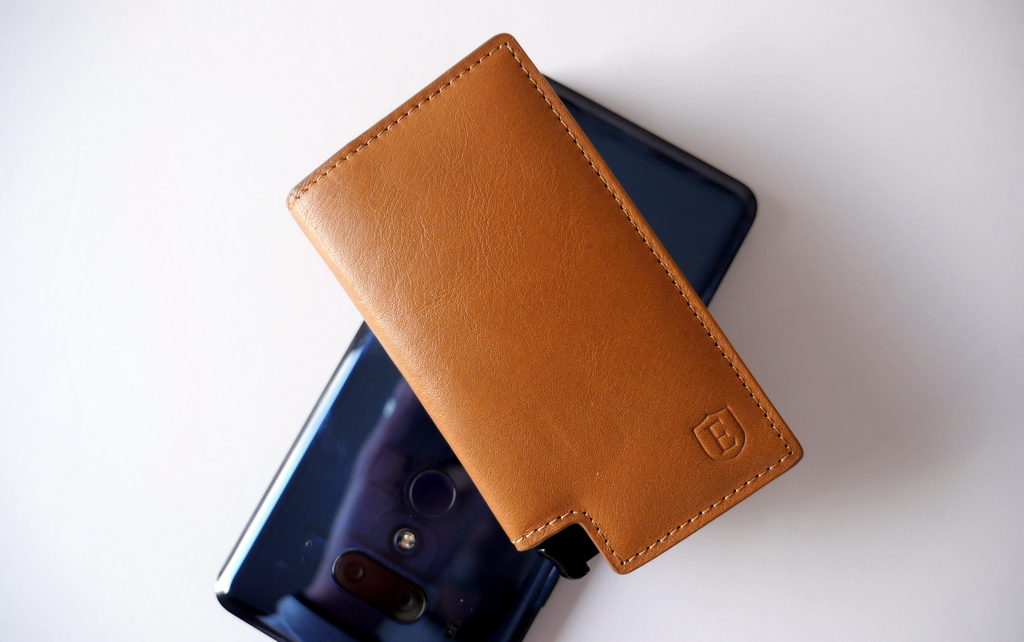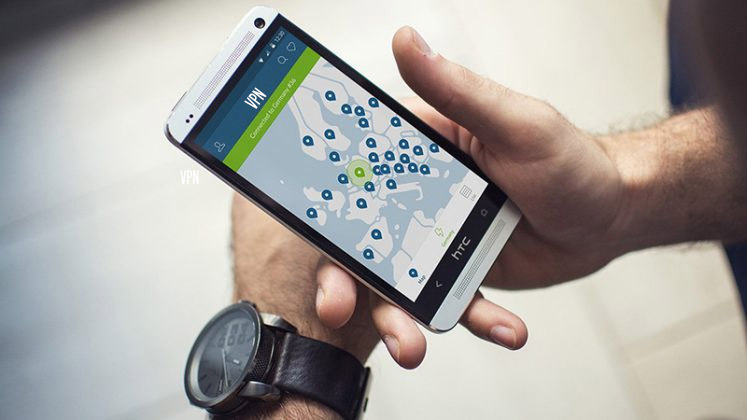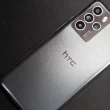A few weeks ago, when I received the opportunity to be a part of HTC’s ambassador project #TeamHTC I was also borrowing the Jetpack 4G LTE 4620LE mobile hotspot from Verizon for a product review. This MiFi device was an essential part of my trip, because it allowed me to stay connected when I was riding a bus from Louisville, KY to Chicago, IL passing some of the most wire-less areas and when I was deep in Chicago’s music culture at the House of Blues. My travel was completed on a big bus service that boasted about having free wireless while travelers were on board, but when I finally settled into my seat, going to and from Chicago, I was disappointed to find the WiFi did not have a connection to the Internet. Thankfully for me and those around me that I shared the password with we had a solid connection with the Verizon Jetpack 4G LTE MiFi. And when I was in the House of Blues establishment to see The Starting Line my mobile phone was hardly able to pull a network signal so I had to resort to the power of the Verizon Jetpack again.
Hardware:
The Jetpack comes in a handy little form factor that mirrors in size to some of the portable battery packs I am known to travel with so I easily adapted to carrying it around with me. It is a rectangle-shaped device that is smaller than most smartphones, but thicker in comparison and a little heavier. Measuring in at 3.76″ (H) x 2.36″ (W) x 0.73″ (D) and the weight is 4.3 0unces. The mind controlling this speed monster comes from the same primary chip manufacturer that HTC is partners with, Qualcomm.
With only four physical buttons, the Jetpack was easy to turn on and operate the menu. There is a port on the side for USB charging of the removable battery and a hole for attaching an external antenna for better reception. Underneath the battery door and battery is the dock for the SIM card that links the way to ultimate 4G LTE.
Other features include:
- Connect up to 10 wireless endpoints in a 4G area or up to 5 endpoints while in 3G coverage.
- Qualcomm Snapdragon MDM9600 chipset
- OLED status display
- Wireless supported standards – 802.11 b/g/n
- Bands for global roaming
Interface:
As mentioned earlier, navigation of the menu was easy to operate with the three main buttons (left, right, check) and the OLED display. From the menu one could find the password to connect to the MiFi, see how many users were connected, view signal strength and monitor battery life. I am not sure how it happened, but one time I could not get the MiFi to turn off. I would press and hold the power button, but it would not power down so I had to pull the battery to manually turn it off to clear the system of the issue.
Battery Life:
I was somewhat surprised with the performance of the battery in the Verizon Jetpack. There were times that I could tell that the 4G chip was working really hard, but it did not seem to faze the life of the battery substantially. An average time unplugged was about five hours and most of the time I had a minimum of two devices connected although they were not constantly pulling data through the MiFi.
Speed:
The Verizon Jetpack 4G LTE 4620LE is a great device when a mobile data plan on your primary device is unavailable or when you are on the go and really need a network that is truly everywhere. When I had my phone connected to the Jetpack I had speedtests with results in the 8-10 MB/s download range, but the HTC Droid DNA review unit also loaded with a Qualcomm 4G LTE chipset pulled down data at 20 MB/s. I am not sure what the difference was here and now that I think about it, I forgot to verify that I was the only only user connected to the MiFi at the times I tested speeds.
The Jetpack 4G LTE 4620LE is a perfect device for those that travel often or need to stay connected throughout the day when a smartphone data plan is not a valid option. If you got a new personal laptop or tablet this Christmas and want to get online while you are at work this may be the way that you want to go. Maybe you could even get your close coworkers to pitch in on the monthly cost to use it at work.












Clearly You Had Complementary Data Service. I Also Have A Verizon Wireless Mifi. Not Only Is It Extremely Expensive, It Has A Mind Of Its Own When Calculating Data Usage.We Used It With A Kindle Checking Email And Downloading A Dozen Books. It Used 14 Gig In 2 Weeks. The Service Is Good, But It And 4 Smart Phones Is Going To Cost Me Over $700 This Month. I Live In A Rural Area So Its Either This Or Satellite. I Had It Turned Off And Im Calling Hughes Net Tomorrow.